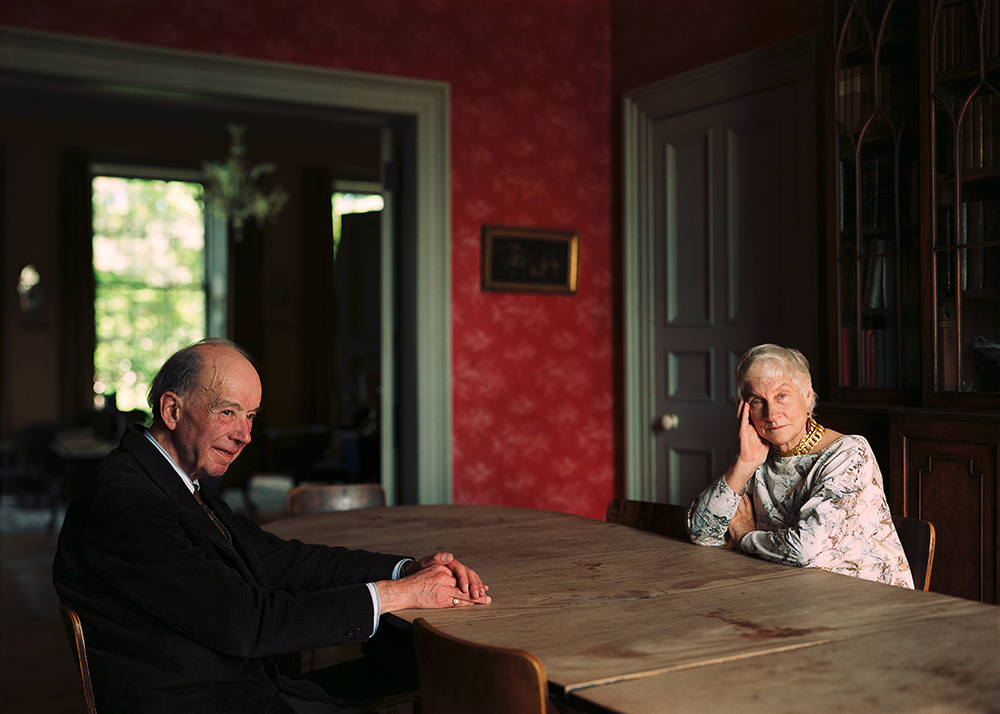Family Portraits

In the early 1980s, Thomas Struth worked with Düsseldorf psychoanalyst Ingo Hartmann, who incorporated family pictures of his patients as part of their therapy. In a joint project, they selected around sixty of these images, and Struth reproduced and enlarged them into uniform black-and- white prints. This visual research project later became the basis for Struth’s series of family portraits, which emerged in the mid-1980s as a way to thank the people who hosted him on his stays in Edinburgh and Yamaguchi.
Struth’s portraits are not snapshots, but the result of formal sessions, during which the models familiarize themselves with the camera. The images allow for different interpretations, showing both the family members’ physical likenesses and their social context. Struth succeeds in capturing each of his subjects as individuals and also as part of a family structure.
